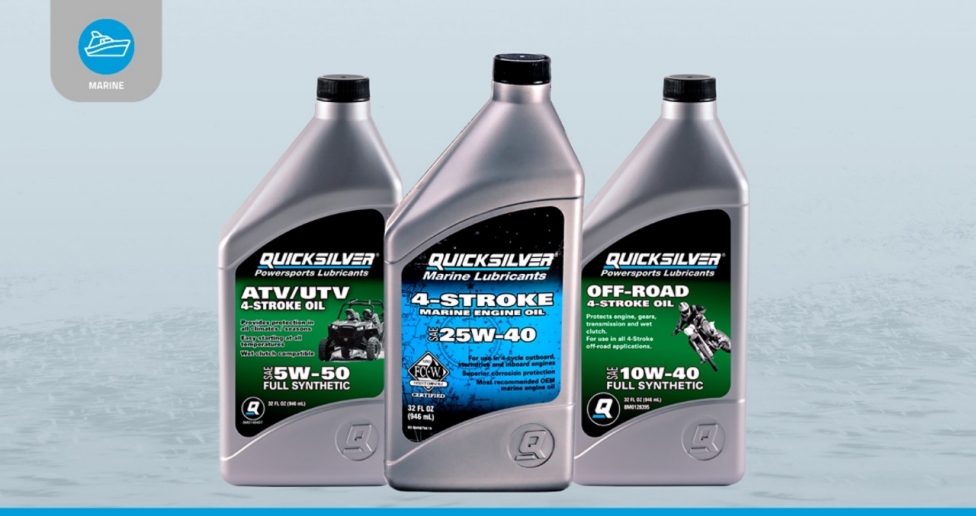Engine oil is vital for the smooth operation and longevity of your vehicle’s engine. Over time, the oil level can decrease due to normal engine usage. Topping off the engine oil is a simple task that can be done by following a few easy steps. In this article, we will guide you on how to top off your engine oil to ensure optimal performance and protection for your vehicle.
Why Top Off Engine Oil?
Before we dive into the process of topping off engine oil, let’s understand why it is necessary. Over time, engine oil can become depleted due to evaporation, leaks, or consumption by the engine. When the oil level is low, it can lead to increased friction, heat, and wear on engine components. Topping off the engine oil helps maintain the proper lubrication and cooling required for the engine to function at its best.
Steps to Top Off Engine Oil
| Step | Description |
|---|---|
| Step 1 | Allow the engine to cool down. It is important to let the engine cool down before attempting to top off the engine oil. This will ensure your safety and prevent any accidents or burns. |
| Step 2 | Locate the oil filler cap. The oil filler cap is usually labeled and can be found on top of the engine. Refer to your vehicle’s owner’s manual if you are unsure about the exact location. |
| Step 3 | Remove the oil filler cap. Carefully unscrew the oil filler cap in a counterclockwise direction. Be cautious of any hot engine components or potential oil spills. |
| Step 4 | Check the oil level. Use the dipstick to check the current oil level. Wipe it clean with a cloth or paper towel, reinsert it fully, and then remove it again to read the oil level. Ensure the oil level is below the maximum mark to avoid overfilling. |
| Step 5 | Add oil in small increments. Slowly pour the recommended type and viscosity of oil into the engine using a funnel. It is important not to overfill the engine oil, as it can lead to performance issues or damage to the engine. |
| Step 6 | Check the oil level again. After adding oil, use the dipstick to check the oil level once more. Make sure the oil level is between the minimum and maximum marks on the dipstick. |
| Step 7 | Replace the oil filler cap. Once you have confirmed the oil level is adequate, securely screw on the oil filler cap in a clockwise direction. |
Note: It is important to use the recommended type and viscosity of oil as specified in your vehicle’s owner’s manual. Using the wrong type of oil can affect engine performance and potentially void your warranty.
When to Top Off Engine Oil
Topping off engine oil should be done when the oil level is low, as indicated by the dipstick reading. If the oil level is below the minimum mark, it is essential to add the necessary amount of oil to bring it back to the optimal range. Regularly checking and topping off the engine oil is a good maintenance practice to ensure the longevity of your vehicle’s engine.

Credit: gb.readly.com

Credit: mytapscore.com
Conclusion
Knowing how to top off engine oil is a valuable skill for vehicle owners. By following the steps mentioned above, you can easily maintain the proper oil level in your engine, ensuring optimal performance and protection. Regularly topping off engine oil, along with timely oil changes, will contribute to the longevity of your vehicle’s engine and reduce the risk of potential issues due to low oil levels. Keep your engine running smoothly by topping off the engine oil when necessary.
Read More:


